Home>Gardening & Outdoor>Landscaping Ideas>When To Start Cutting My Grass
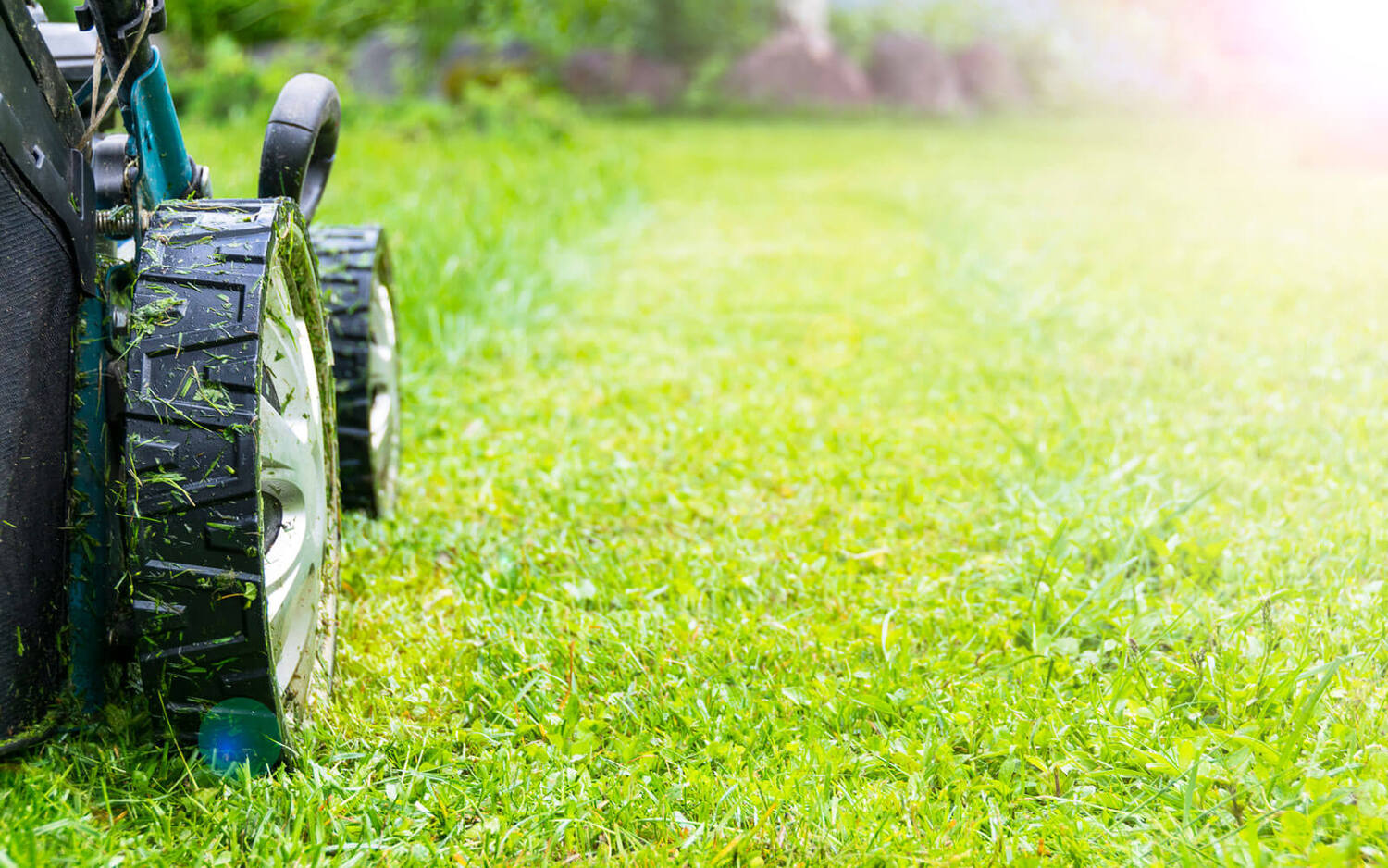

Landscaping Ideas
When To Start Cutting My Grass
Modified: September 2, 2024
Learn the best landscaping ideas for when to start cutting your grass and maintaining a healthy lawn. Find expert tips and advice for a lush, green yard. Discover the ideal time to begin your grass cutting routine.
(Many of the links in this article redirect to a specific reviewed product. Your purchase of these products through affiliate links helps to generate commission for Storables.com, at no extra cost. Learn more)
Factors to Consider Before Cutting Your Grass
Maintaining a lush, healthy lawn requires more than just mowing when the grass looks long. Several factors should be taken into account before you fire up the lawnmower. By considering these factors, you can ensure that your grass stays healthy and vibrant throughout the mowing season.
Read more: When To Start Cutting Grass In Pennsylvania
1. Grass Height
The height of your grass plays a crucial role in its overall health. Different types of grass have specific height requirements for optimal growth. Before cutting your grass, it's essential to know the recommended height for your particular grass species. Cutting it too short can stress the grass and make it more susceptible to pests and diseases. On the other hand, letting it grow too long can lead to thatch buildup and hinder healthy growth.
2. Weather Conditions
Weather conditions can significantly impact the health of your grass. It's important to consider the weather forecast before mowing your lawn. Cutting the grass when it's wet can lead to an uneven cut and potentially damage the grass. Additionally, mowing during extreme heat can stress the grass, making it more vulnerable to damage. Choosing the right time to mow based on weather conditions can help maintain the health of your lawn.
3. Mowing Equipment Maintenance
Before starting the mowing process, it's crucial to ensure that your mowing equipment is in good working condition. Dull mower blades can tear the grass instead of providing a clean cut, leading to a brownish appearance. Regular maintenance of your mowing equipment, including sharpening the blades and checking for any issues, is essential for a healthy lawn.
4. Soil Moisture
The moisture level of the soil can impact the effectiveness of mowing. Mowing on overly dry soil can cause stress to the grass, while mowing on excessively wet soil can lead to soil compaction. It's important to strike a balance and mow when the soil is slightly dry to ensure a clean and even cut without causing stress to the grass or soil.
Considering these factors before cutting your grass can contribute to the overall health and appearance of your lawn. By being mindful of grass height, weather conditions, equipment maintenance, and soil moisture, you can promote a thriving and vibrant lawn that enhances the beauty of your outdoor space.
Key Takeaways:
- Keep your grass healthy by considering factors like grass height, weather, equipment maintenance, and soil moisture before mowing. Choosing the right time of day to mow also impacts the health and appearance of your lawn.
- Look for signs like excessive height, stress, uneven growth, seed heads, visible footprints, and overgrowth to know when it’s time to cut your grass. Efficient cutting techniques, including sharp blades and proper timing, can help maintain a vibrant and well-groomed lawn.
Read more: When To Cut My Grass
Best Time of Day to Cut Your Grass
The timing of your grass-cutting endeavors can significantly impact the health and appearance of your lawn. Choosing the best time of day to cut your grass is crucial for ensuring optimal results and maintaining the overall well-being of your lawn.
Early Morning Advantage
Mowing your lawn in the early morning, before the day heats up, offers several advantages. The cooler temperatures and gentle morning sunlight create an ideal environment for grass cutting. During this time, the grass is typically dry from the overnight dew, which allows for a cleaner and more precise cut. Additionally, mowing in the morning helps the freshly cut grass blades recover quickly due to the favorable growing conditions throughout the day.
Midday Considerations
While early morning is often considered the best time to mow the lawn, midday can also be suitable under certain circumstances. If the morning is particularly dewy or if the grass is excessively wet, waiting until midday when the sun has had a chance to dry the grass can be beneficial. However, it's essential to avoid mowing during the hottest part of the day to prevent stressing the grass, especially during the peak of summer.
Late Afternoon Caution
Mowing in the late afternoon is generally discouraged, especially as the day transitions into evening. During this time, the grass may still be recovering from the heat of the day, and cutting it can impede its ability to rejuvenate. Additionally, mowing late in the day can leave the grass vulnerable to potential damage from evening dew or overnight moisture, which may lead to disease or fungal growth.
Read more: When To Start Treating My Grass
Factors to Consider
When determining the best time to cut your grass, it's crucial to consider the weather conditions and the specific needs of your lawn. Avoid mowing during extreme heat or when the grass is excessively wet, as this can lead to an uneven cut and potential damage to the grass. Additionally, being mindful of the growth patterns of your grass and the prevailing weather conditions can help you make an informed decision about the most suitable time to mow.
By choosing the best time of day to cut your grass, you can promote the health and vitality of your lawn while achieving a well-manicured and visually appealing outdoor space. Whether it's the tranquility of an early morning mow or the strategic timing during midday, being mindful of the optimal mowing window can contribute to the overall well-being of your lawn.
Frequency of Grass Cutting
The frequency of grass cutting is a crucial aspect of lawn maintenance that directly impacts the health and appearance of your outdoor space. Determining how often to mow your lawn depends on various factors, including the type of grass, the season, and the growth rate. By understanding the optimal frequency of grass cutting, you can ensure that your lawn remains vibrant and well-groomed throughout the year.
Grass Growth Rate
The growth rate of your grass serves as a primary indicator of how frequently it needs to be mowed. Different grass species exhibit varying growth patterns, with some growing more rapidly than others. For example, warm-season grasses such as Bermuda grass and Zoysia grass tend to grow vigorously during the warmer months, necessitating more frequent mowing. Conversely, cool-season grasses like Kentucky bluegrass and fescue have a slower growth rate, requiring less frequent mowing, especially during the dormant winter months.
Seasonal Considerations
Seasonal changes significantly influence the frequency of grass cutting. During the peak growing season, typically in spring and summer, grass may require more frequent mowing to maintain an optimal height. This is especially true for lawns with fast-growing grass species. As the weather cools in the fall, the growth rate of grass tends to slow down, reducing the need for frequent mowing. Additionally, during periods of drought or excessive rainfall, the growth rate of the grass may fluctuate, necessitating adjustments in the mowing frequency to accommodate these changes.
Read more: When To Cut Liriope Grass
Optimal Grass Height
Maintaining the recommended grass height is essential for its overall health and appearance. The ideal mowing frequency is often determined by the desired height of the grass. For instance, if the recommended height for your grass type is 2 to 3 inches, you may need to mow more frequently to prevent it from exceeding this height. Allowing the grass to grow too long between mowing sessions can lead to stress, thatch buildup, and an unkempt appearance.
Personal Preference
While there are general guidelines for grass cutting frequency based on grass type and growth rate, personal preference also plays a role in determining how often you should mow your lawn. Some homeowners prefer a meticulously manicured lawn and may choose to mow more frequently to achieve a pristine appearance. Others may opt for a more natural, slightly longer lawn and therefore mow less frequently. Understanding your personal preference and the desired look for your lawn can help establish a suitable mowing schedule.
By considering the growth rate of the grass, seasonal variations, optimal grass height, and personal preferences, you can determine the most appropriate frequency for cutting your grass. This approach ensures that your lawn remains healthy, visually appealing, and well-maintained throughout the year, contributing to the overall beauty of your outdoor space.
Signs Your Grass Needs to be Cut
Recognizing the signs that indicate your grass is due for a trim is essential for maintaining a healthy and visually appealing lawn. By paying attention to these indicators, you can ensure that your grass remains in optimal condition while enhancing the overall aesthetics of your outdoor space.
-
Height Exceeding Recommended Length: One of the most apparent signs that your grass needs to be cut is when it surpasses the recommended height for its specific species. Allowing the grass to grow excessively tall can lead to a range of issues, including an unkempt appearance, increased thatch accumulation, and potential stress on the grass blades.
-
Visible Signs of Stress: Stressed grass often exhibits visual cues that indicate the need for a trim. This may include wilting, yellowing, or a lackluster appearance. When the grass appears to be struggling under its own weight or shows signs of distress, it's a clear indication that it requires immediate attention through mowing.
-
Uneven Growth Patterns: Uneven growth across the lawn is a compelling sign that the grass is ready for a trim. Areas of the lawn that have grown significantly taller than others can create an unsightly and irregular appearance. Mowing the grass at the appropriate time can help maintain uniform growth and a consistent, well-manicured look.
-
Presence of Seed Heads: When grass begins to produce seed heads, it signifies that it has entered a reproductive phase. While this is a natural process, allowing the seed heads to proliferate can divert the grass's energy away from healthy growth. Trimming the grass at this stage can help redirect its resources towards maintaining a lush and vibrant appearance.
-
Footprints Remain Visible: If footprints or tire tracks are visibly imprinted on the lawn, it indicates that the grass is too long and requires cutting. When the grass is excessively tall, it becomes more susceptible to damage from foot traffic, resulting in lasting impressions on the lawn's surface.
-
Overgrowth Around Edges and Borders: Grass that has overgrown along the edges of the lawn, near walkways, or around landscaping features can detract from the overall neatness of the outdoor space. Trimming these areas ensures a well-defined and tidy appearance, enhancing the visual appeal of the entire lawn.
By being attentive to these signs, you can proactively address the needs of your grass, ensuring that it remains healthy, visually pleasing, and well-maintained. Regularly monitoring these indicators and promptly addressing the need for grass cutting contributes to the overall beauty and allure of your outdoor environment.
Tips for Cutting Your Grass Efficiently
Efficient grass cutting not only contributes to the overall appearance of your lawn but also plays a vital role in maintaining the health of the grass. By implementing the following tips, you can streamline the mowing process and achieve optimal results while promoting the well-being of your lawn.
-
Sharp Blades: Ensure that your lawnmower blades are sharp. Dull blades can tear the grass, resulting in a frayed and uneven cut. Regularly sharpening or replacing the blades is essential for achieving a clean and precise cut, promoting the grass's health and appearance.
-
Mowing Height: Adjust the mowing height of your lawnmower according to the recommended guidelines for your specific grass species. Cutting the grass too short can stress the plants and make them more susceptible to damage and disease. Conversely, allowing the grass to grow too long between mowing sessions can lead to thatch buildup and an untidy appearance.
-
Mowing Pattern: Vary the mowing pattern with each session. Changing the direction in which you mow prevents the grass from leaning in one direction and encourages upright growth. Additionally, alternating the mowing pattern reduces soil compaction and promotes a more even cut across the entire lawn.
-
Timing: Avoid mowing the lawn during the hottest part of the day, especially in the peak of summer. Opt for early morning or late afternoon sessions when the weather is cooler, and the grass is less stressed. Mowing during these times minimizes the risk of heat damage to the grass and provides a more favorable environment for the freshly cut blades to recover.
-
Grass Clippings: Consider leaving grass clippings on the lawn after mowing. This practice, known as grasscycling, allows the clippings to decompose and return valuable nutrients to the soil. It also helps retain moisture and reduces the need for additional fertilization, contributing to the overall health of the grass.
-
Trimming Edges: Pay attention to the edges and borders of your lawn. Using a trimmer or edger to tidy up these areas after mowing creates a well-defined and polished look. Neat edges enhance the overall appearance of the lawn and contribute to a meticulously manicured landscape.
-
Regular Maintenance: Keep your lawnmower and other mowing equipment well-maintained. This includes checking the oil, air filter, and spark plug, as well as cleaning the undercarriage to prevent grass buildup. Regular maintenance ensures that your equipment operates efficiently, resulting in a more effective mowing process.
By incorporating these tips into your grass-cutting routine, you can optimize the efficiency of the mowing process while promoting the health and visual appeal of your lawn. Implementing these practices not only enhances the overall appearance of your outdoor space but also contributes to the long-term vitality of your grass, creating a vibrant and inviting landscape for you to enjoy.
Frequently Asked Questions about When To Start Cutting My Grass
Was this page helpful?
At Storables.com, we guarantee accurate and reliable information. Our content, validated by Expert Board Contributors, is crafted following stringent Editorial Policies. We're committed to providing you with well-researched, expert-backed insights for all your informational needs.
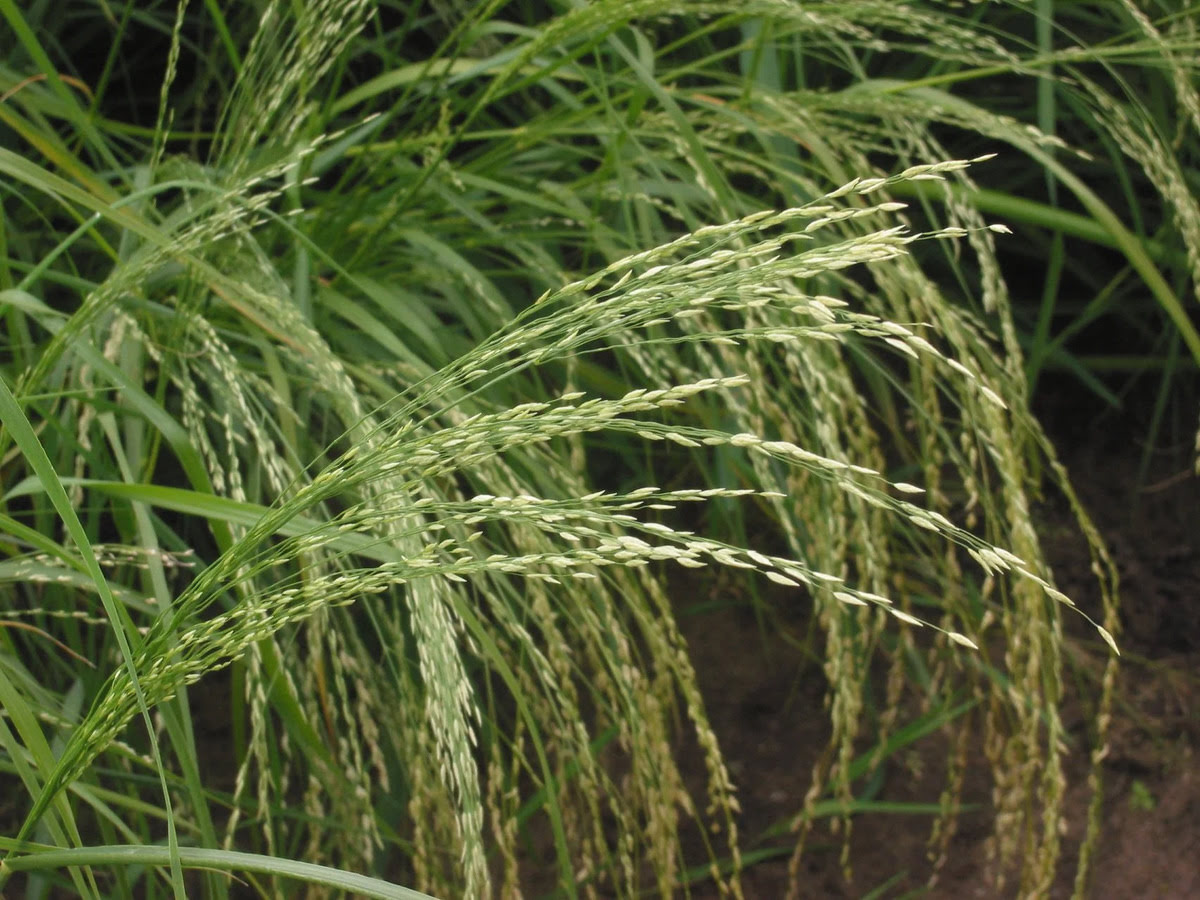
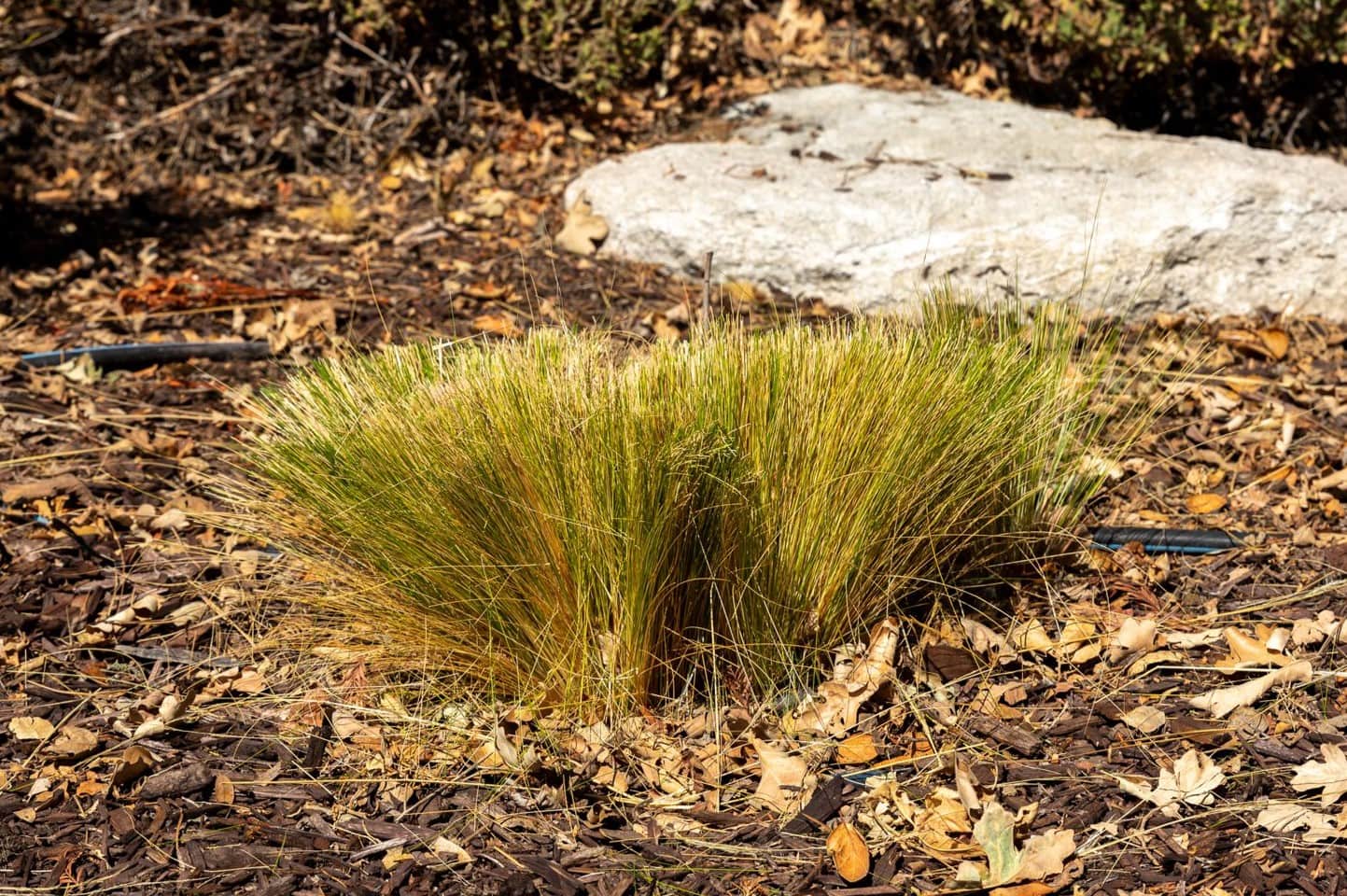
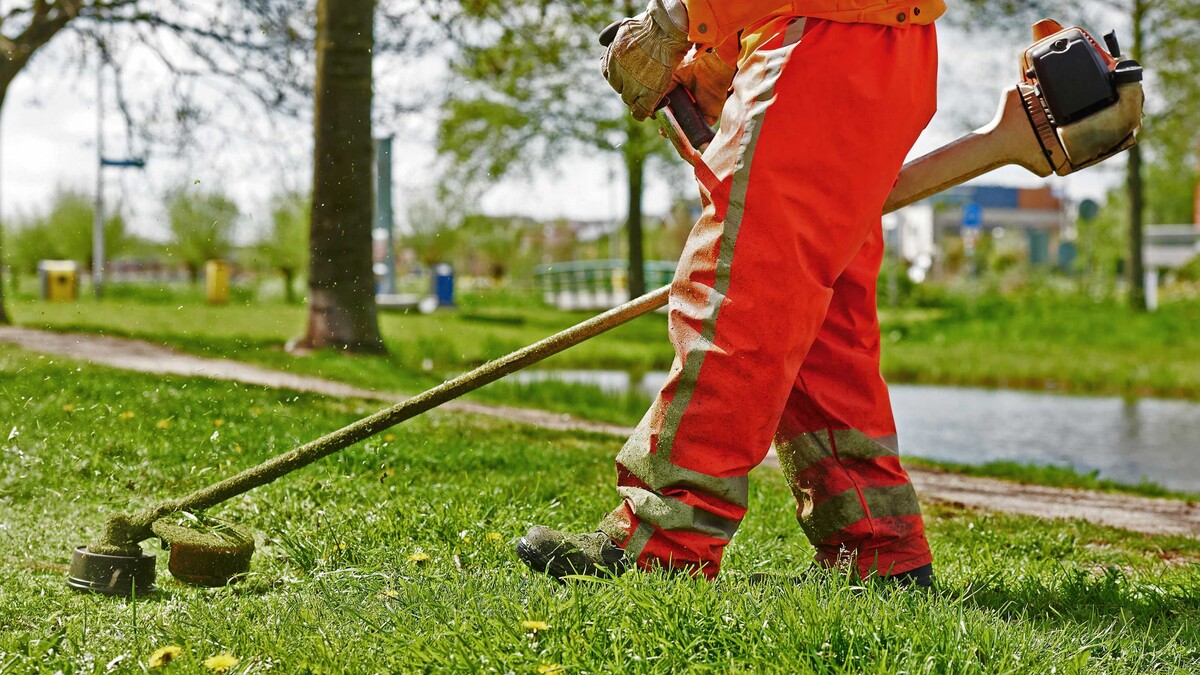
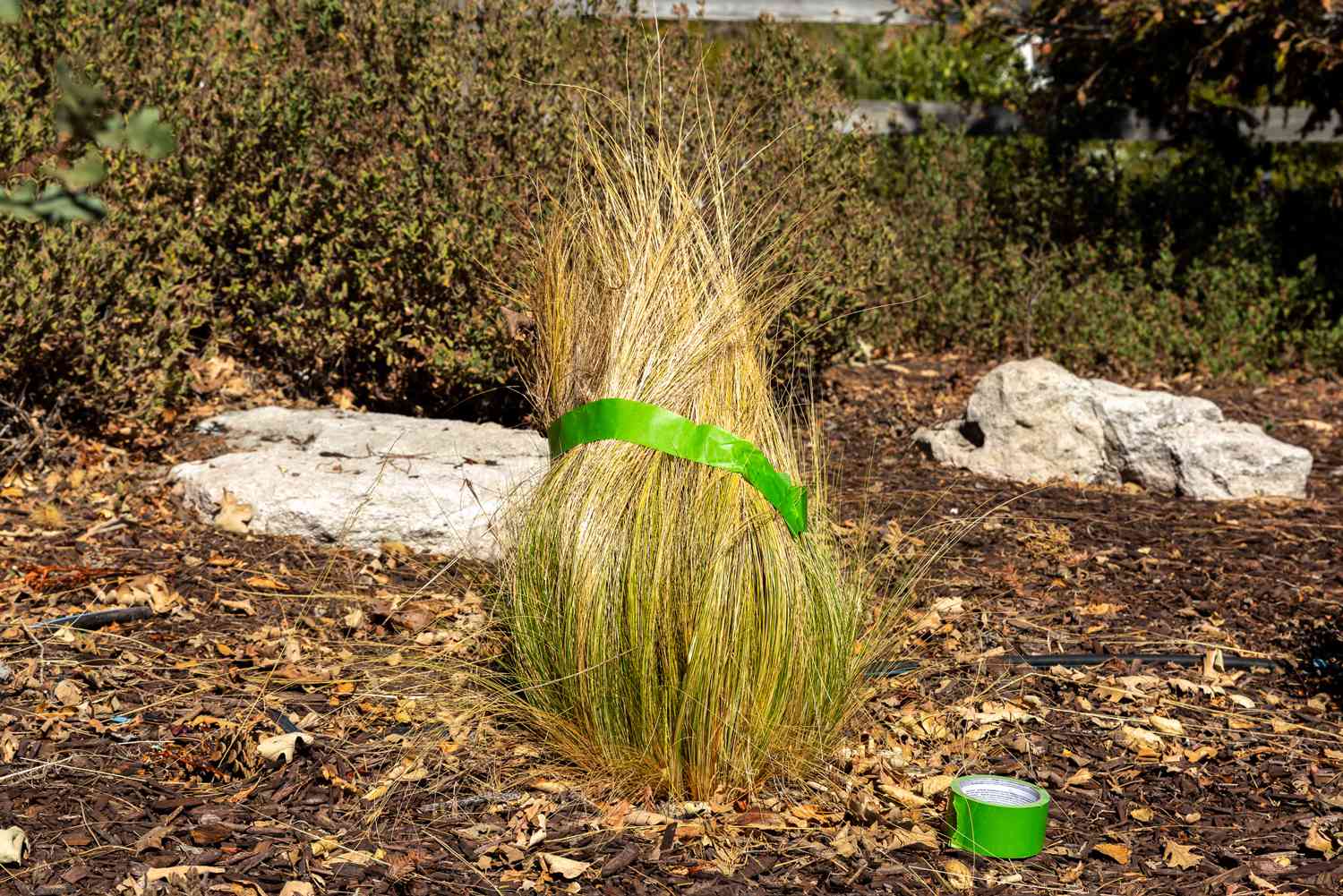
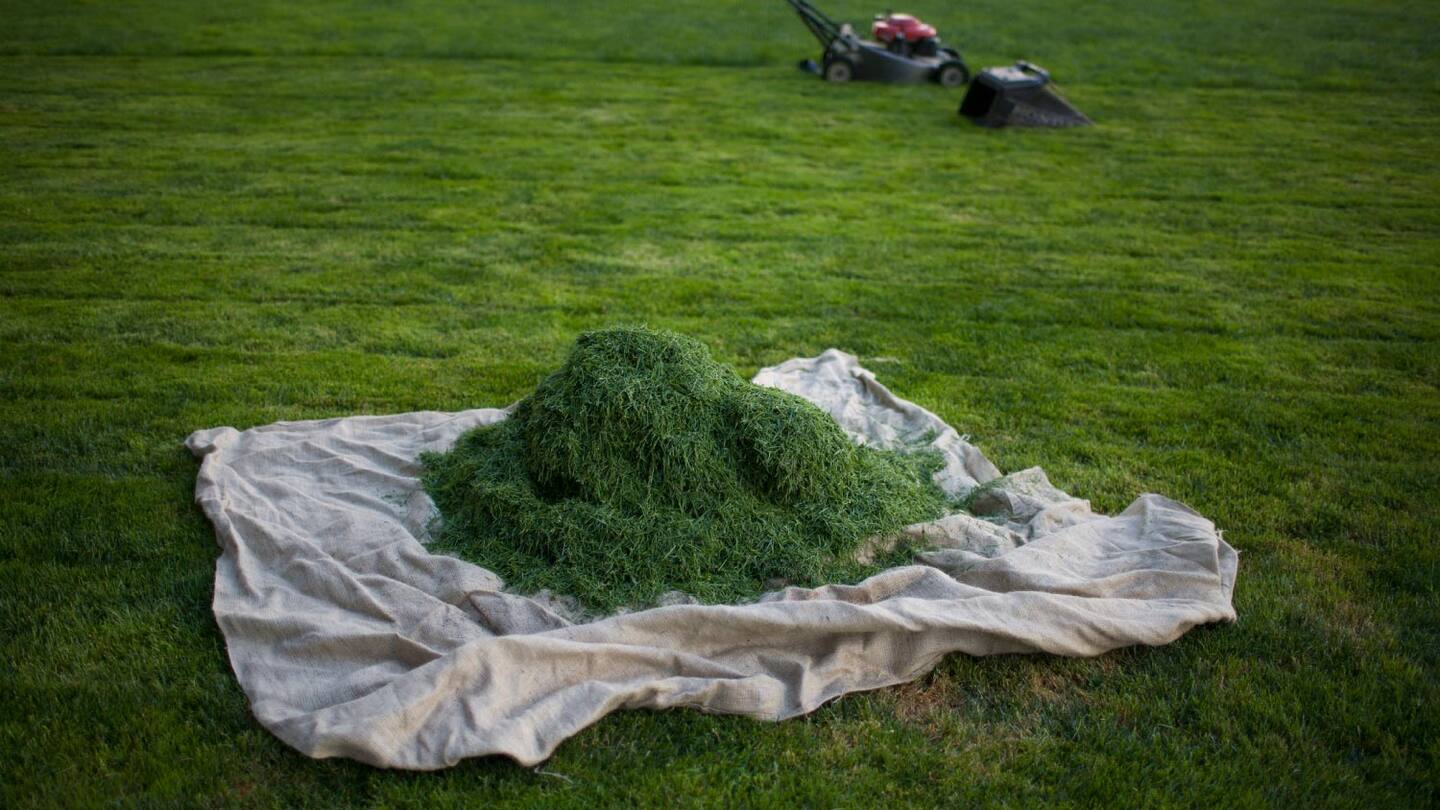
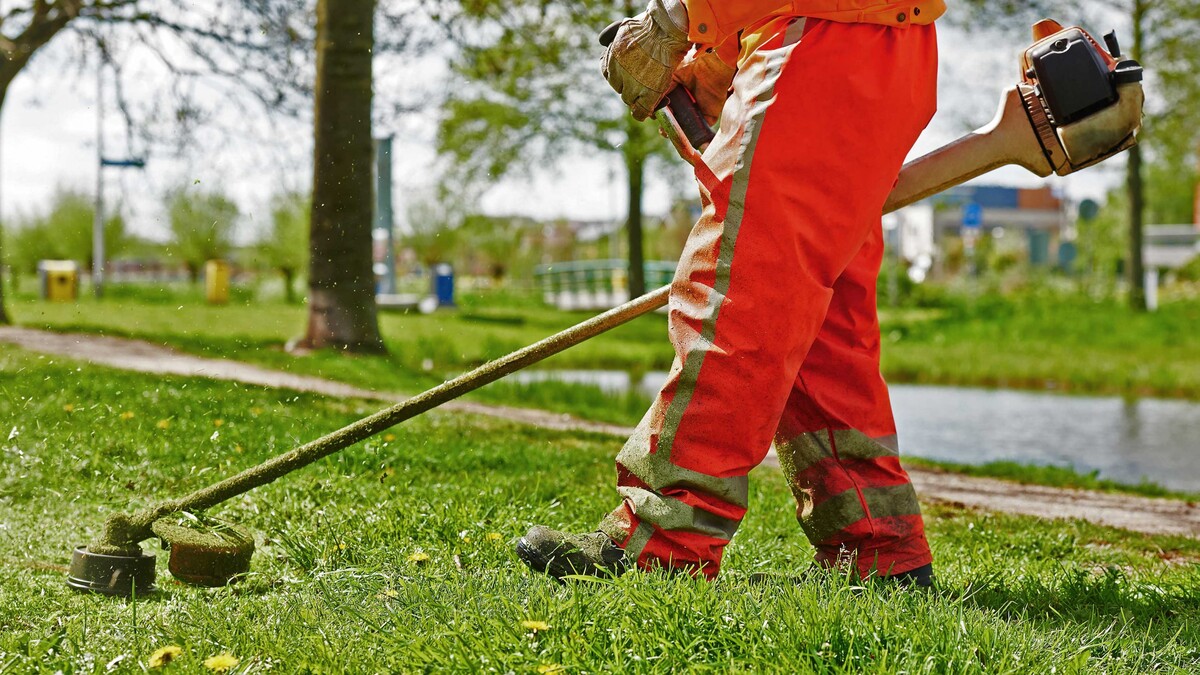
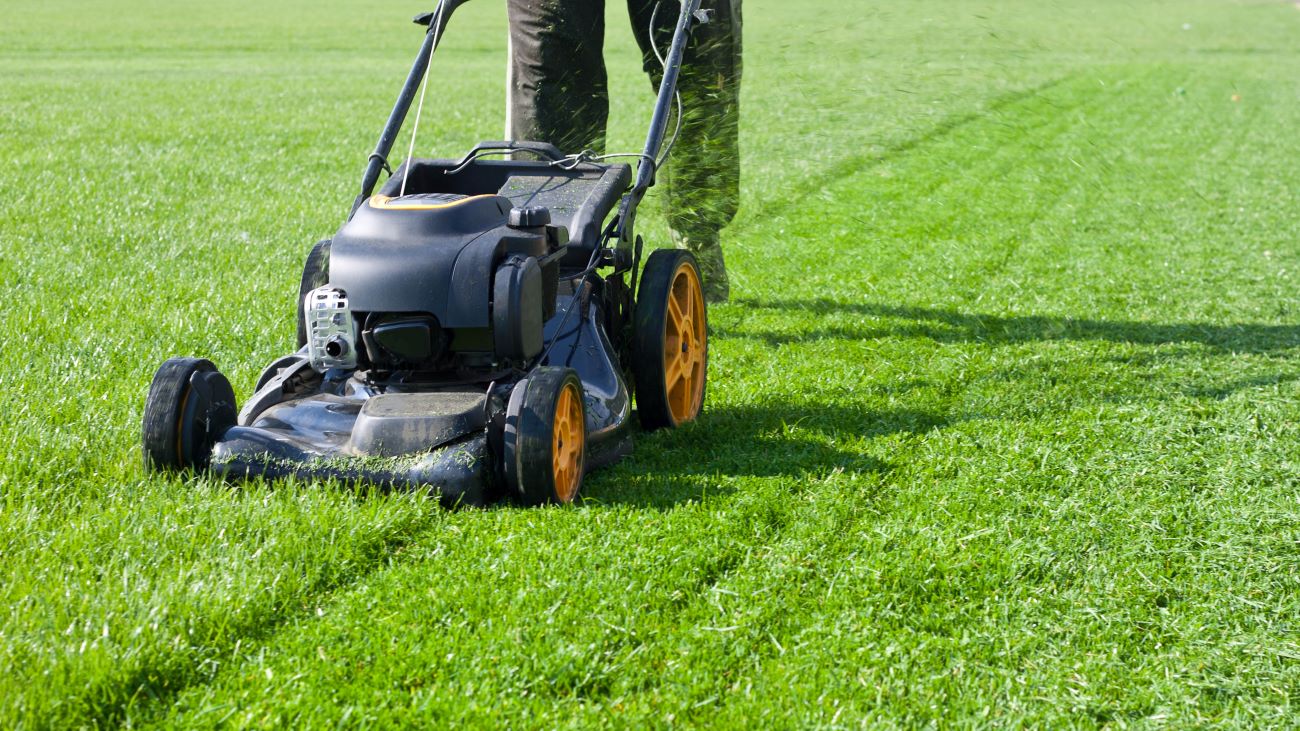
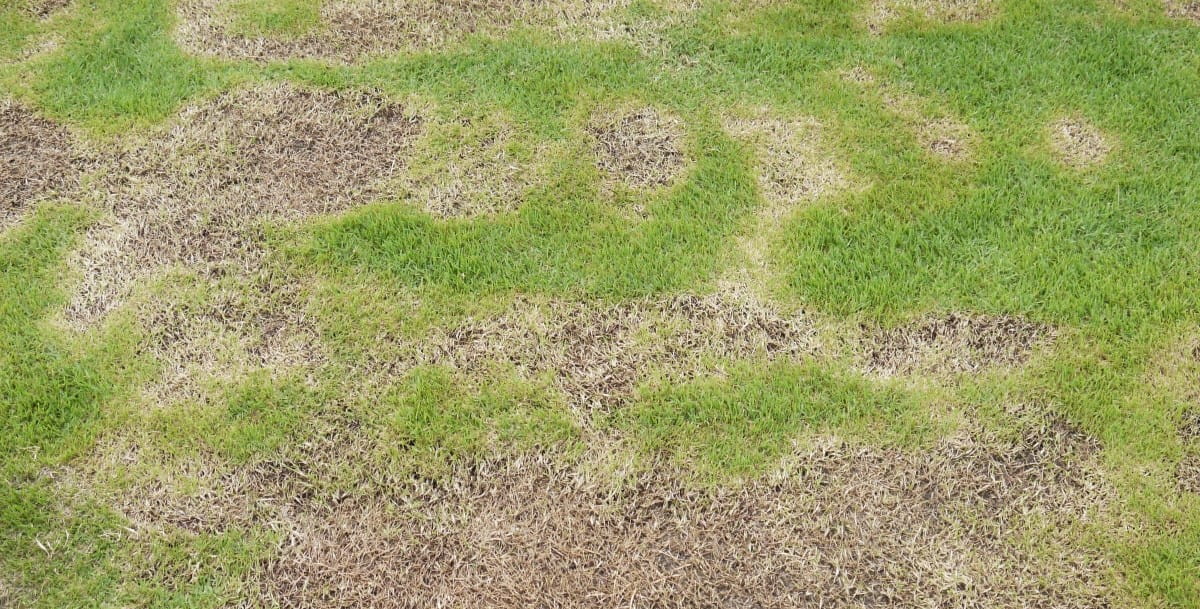
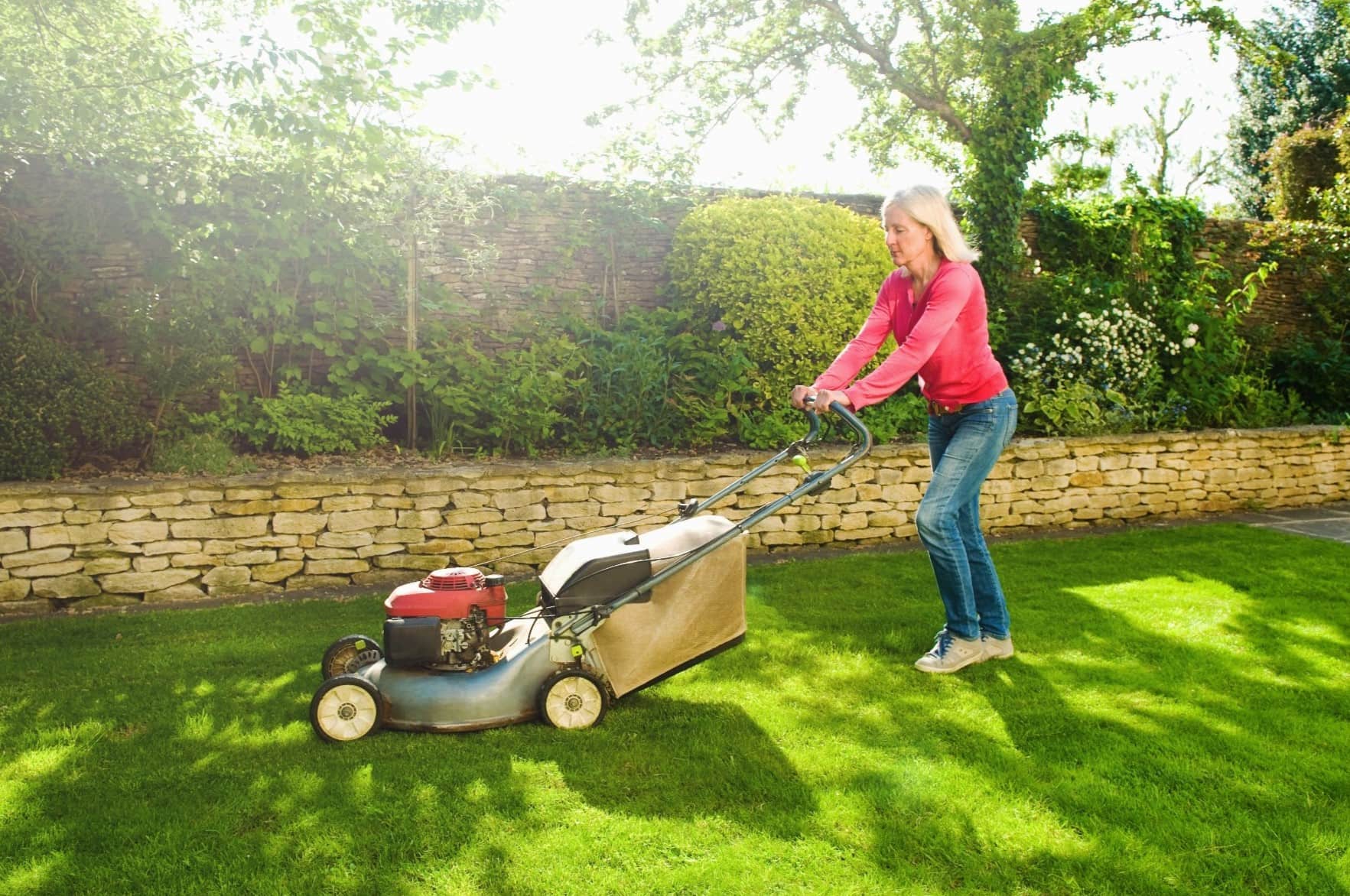
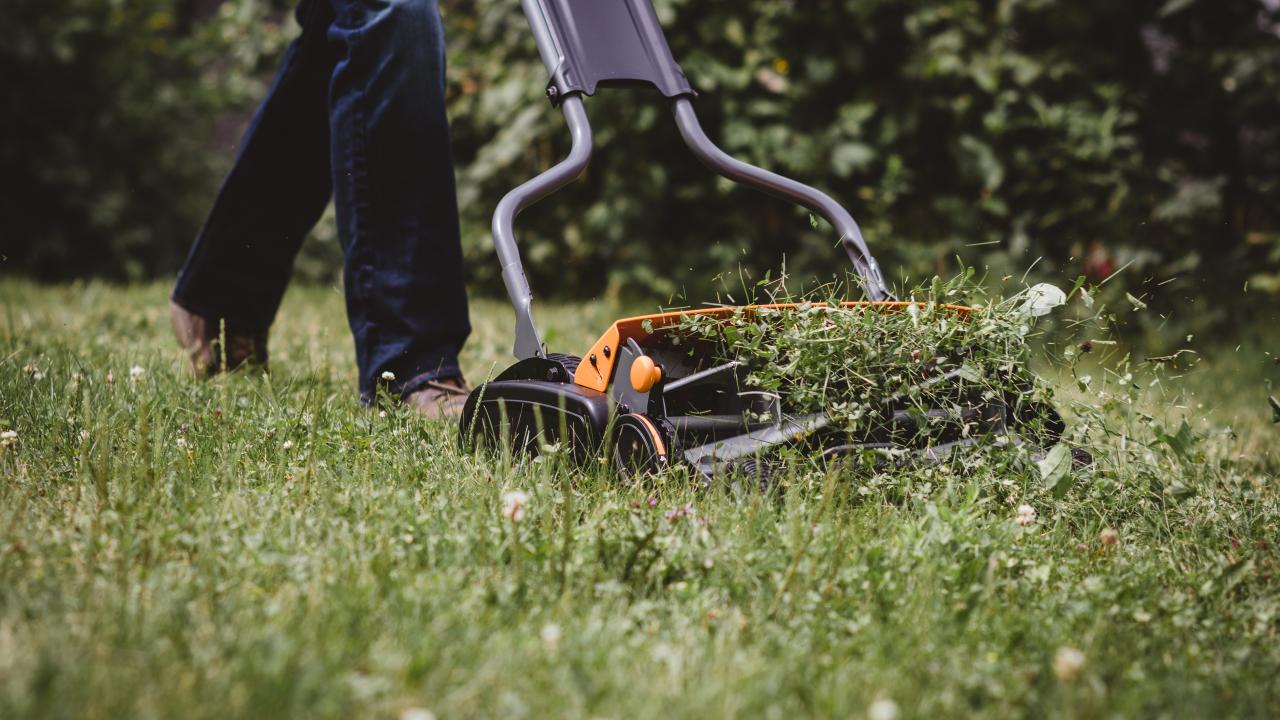
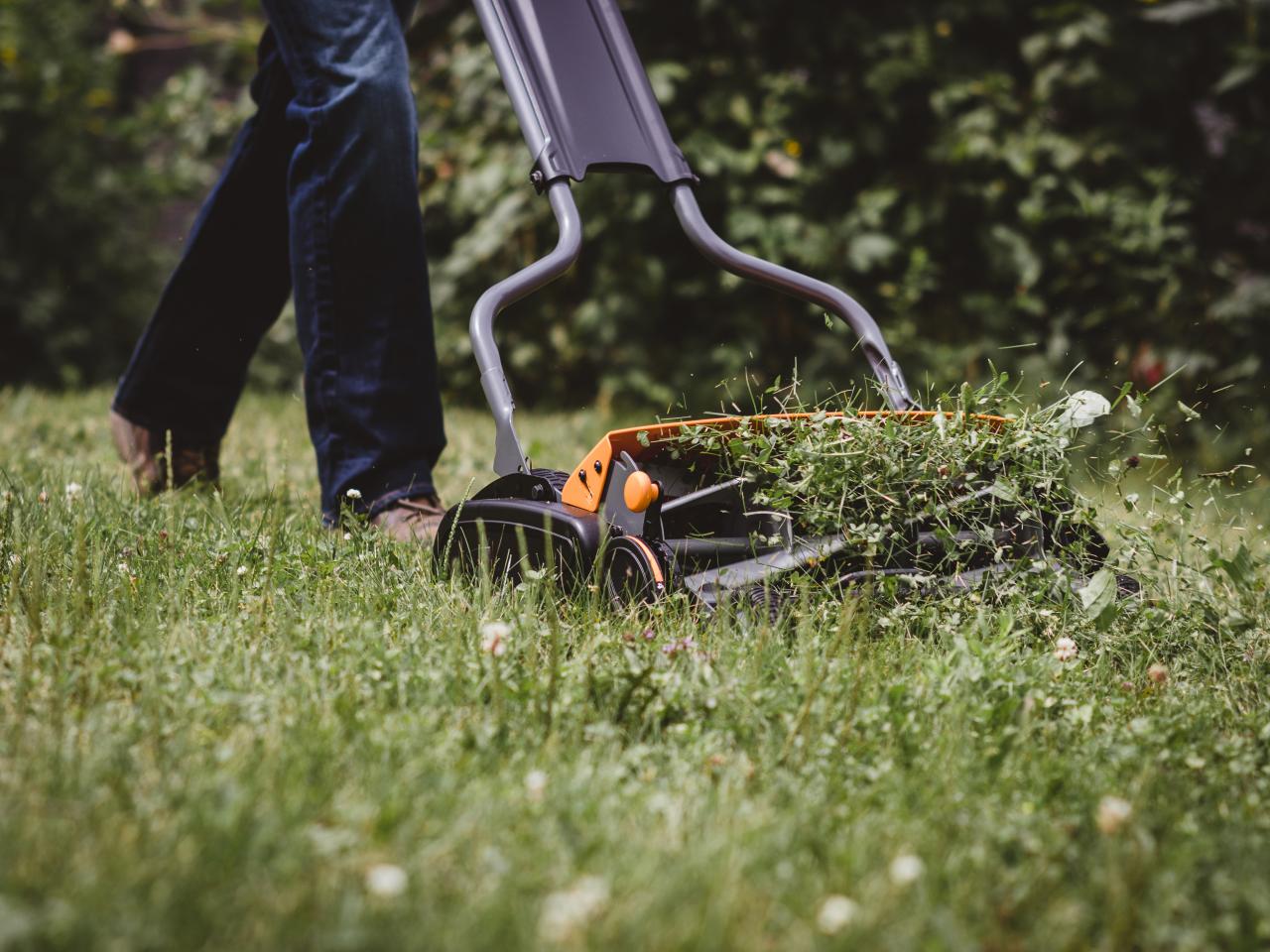
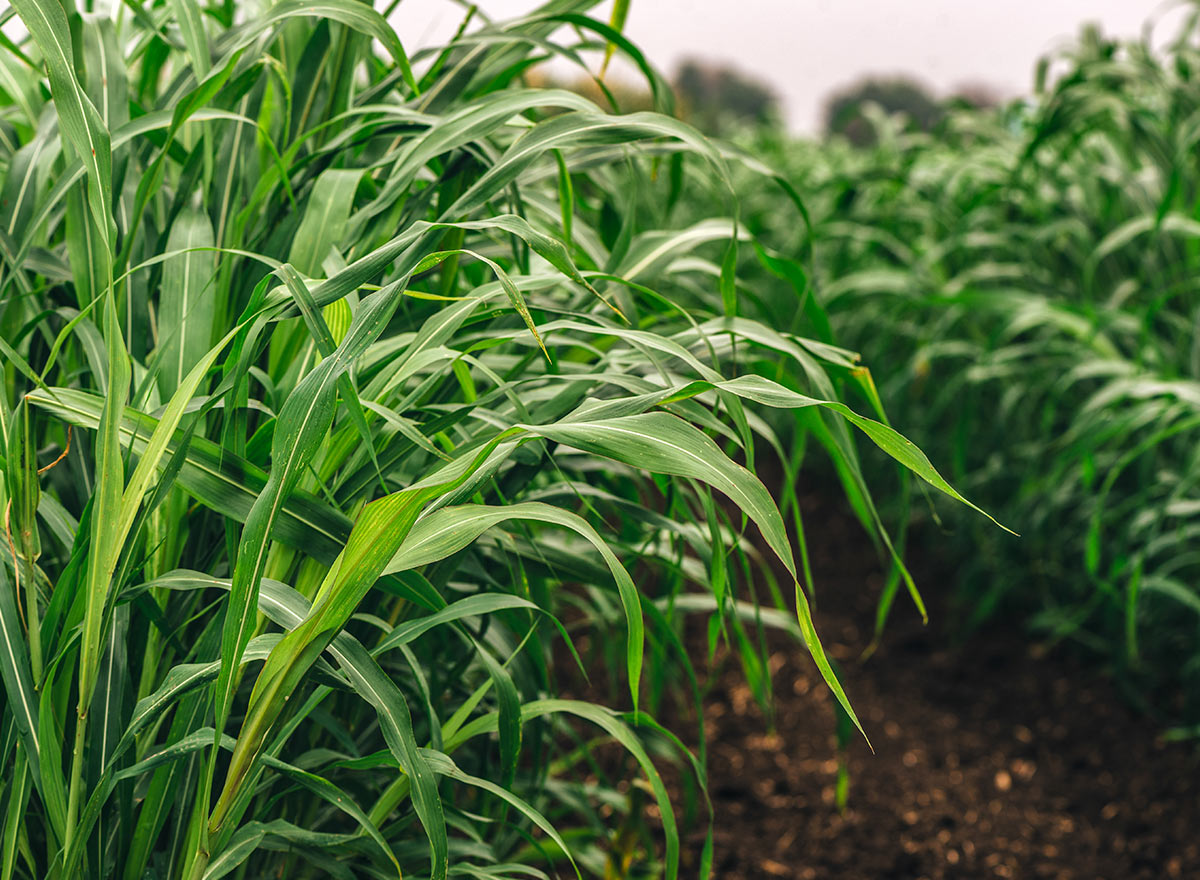

0 thoughts on “When To Start Cutting My Grass”